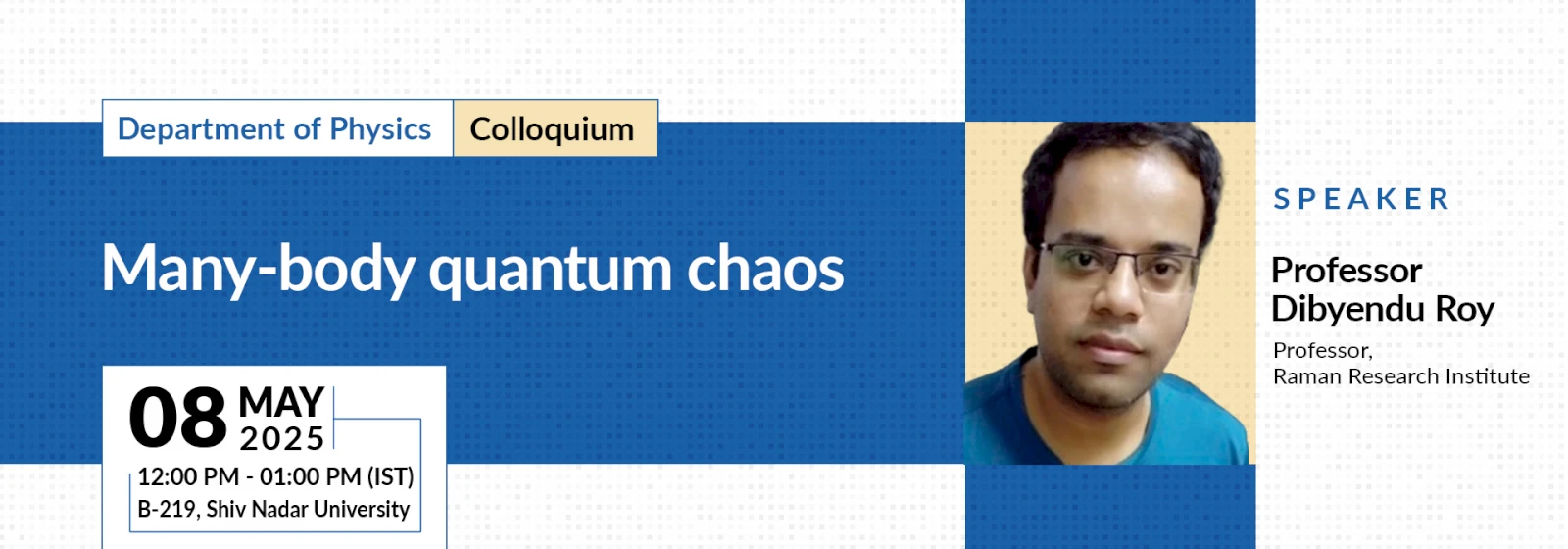Many-body quantum chaos
In classical mechanics, the initial state of a system uniquely determines its state at a later time. The system is defined as chaotic if it shows an exponentially large sensitivity to initial conditions, and the phenomenon is termed (deterministic) chaos. Chaos is ubiquitous in nonlinear dynamical systems and thus central to the foundations of statistical mechanics. A quantum system's chaotic nature is diagnosed by the statistical properties of its energy spectrum. These statistical properties are universal for chaotic systems and are captured in a mathematical formalism called random matrix theory. It is unclear why a physical chaotic system behaves like a random matrix with no microscopic structure. Further, physical systems are divided into three classes based on the presence or absence of time reversal symmetry. Random matrix theory reveals three different forms of spectral correlations for chaotic systems. We present a unified description explaining the emergence of random matrix behaviour in chaotic systems from each of the three classes.
We consider a generic form of Hamiltonian describing chaotic periodically kicked many-body systems. We analytically compute a measure of spectral correlation known as the spectral form factor in the presence or absence of time reversal symmetry and show that it matches the results from random matrix theory in the ergodic phase.

Share this: